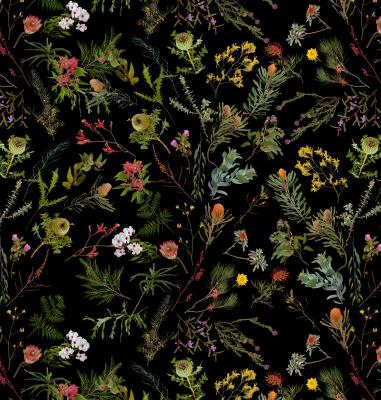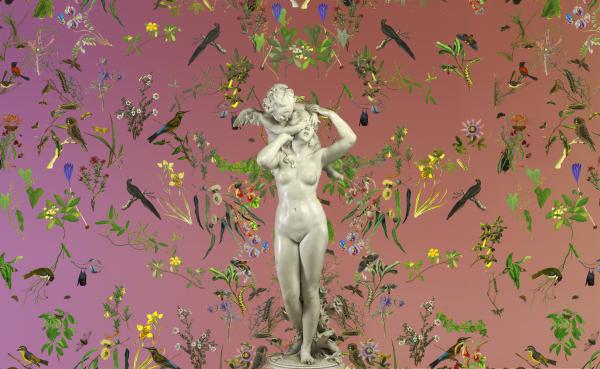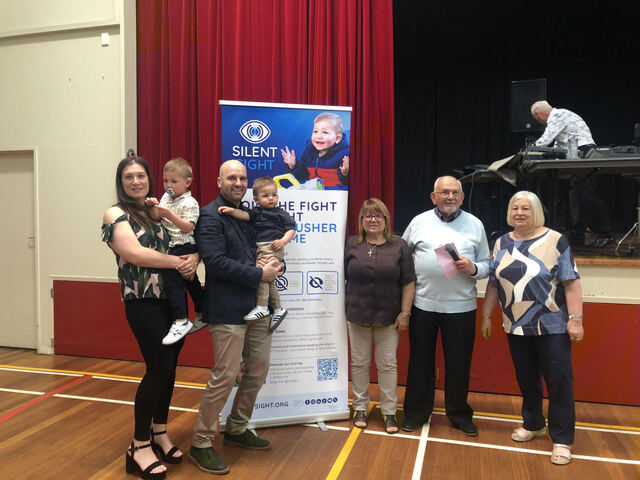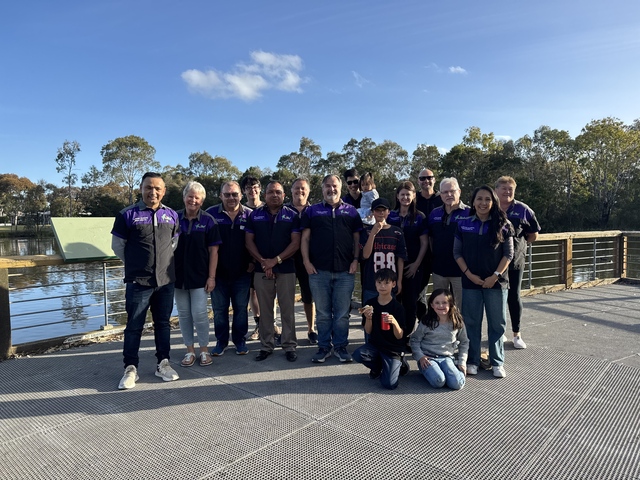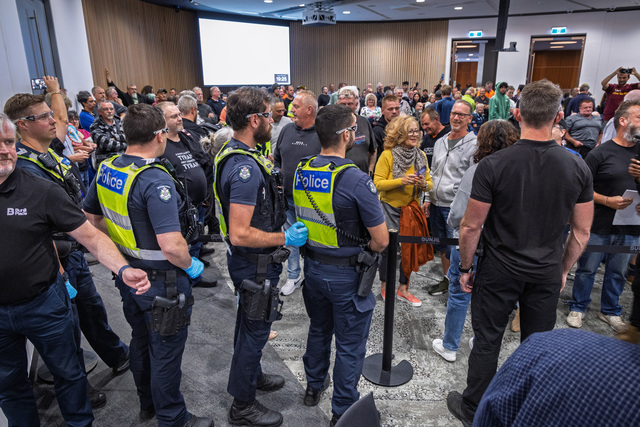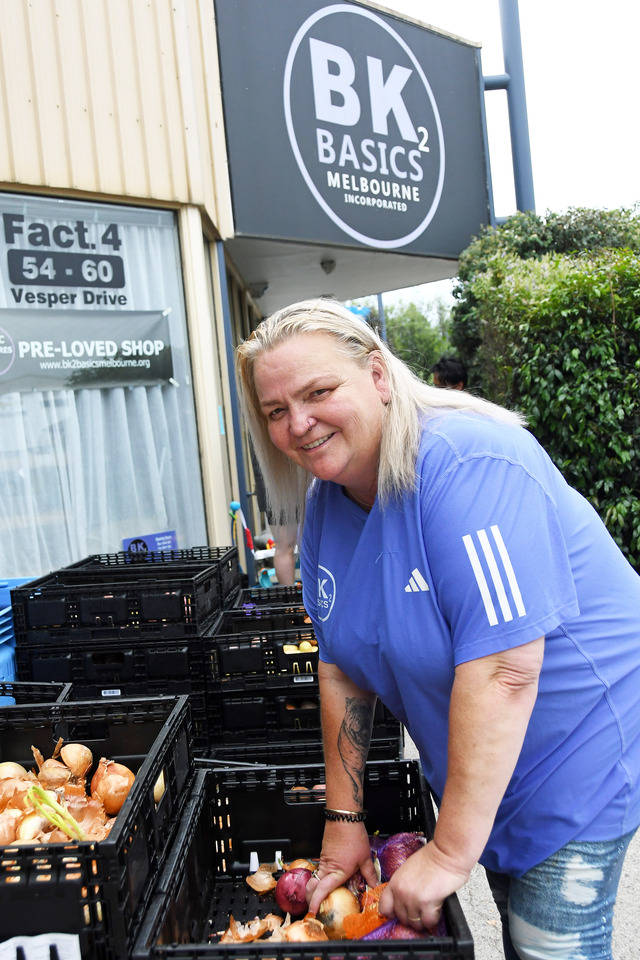Residents of Casey have long known of the beauty of Cranbourne’s Royal Botanic Gardens, but that beauty has now been captured for all of Melbourne to see thanks to the work of international artists Fallen Fruit.
Fallen Fruit, comprised of David Allen Burns and Austin Young, took inspiration from the gardens for their exhibit ‘Natural History’, which is now on display at the National Gallery of Victoria as part of the Triennial.
Natural History is an immersive installation spread across three galleries, encompassing vibrant wallpaper prints featuring photos of different varieties of plants paired with selected artworks from the NGV’s permanent collection.
The result is an exhibit that “draws into focus the complex and dynamic relationship between historical and contemporary ideals of beauty and nature, religious ideology, and narrative themes of colonialism and how they function as storytelling in Western art,” the artists explained in their artist statement.
One piece of the triptych, titled ‘Native Plants’ features a pattern of flora native to Australia, constructed from photographs taken at the Cranbourne gardens.
The artists said they were encouraged to visit the gardens on their research trip to Australia in February 2020.
“We were really impressed with the beautiful contemporary garden. It’s as much an installation artwork as it is a garden,” they said.
Returning home to Los Angeles with photos of the Cranbourne gardens as well as other flora around Melbourne, the duo began creating their artwork during LA’s covid lockdown.
“The pandemic afforded a great time to be introspective and focus on the meaning of the artwork both historically and in terms of contemporary framing,” the duo said.
“Originally, we were supposed to return to Melbourne to install the artworks and for public programming.
“But as it became clear we couldn’t travel to Australia, the team at NGV worked hard to make sure our artwork was installed as we envisioned.”
The artists used architectural drawings of the room to digitally sketch the installation, and then coordinated with curators and installers over Zoom and FaceTime to get it just right.
The Cranbourne gardens have left an impression on the duo.
“The Cranbourne Gardens are spectacular in every way. The designs for the gardens are fantastic,” they said.
“The site lines create spaces for the public to explore botany and geography like a museum for native plants. It is not only beautiful, it is diverse and full of the unexpected.
“We had an incredible experience making the photographs and walking the property. We also love the food at the restaurant!”
With the pandemic also highlighting the impact of art on people’s mental health, the artists also noted the power of art to heal.
“Artwork is healing. It connects people. Our art is an experience and it’s often very social,” they said.
Fallen Fruit is about to launch its next collaborative project, titled ‘Endless Orchard’.
Another global project, the artists invite anyone to participate by “planting a fruit tree in front of your home, business, school or community centre”, and sharing it with the world by mapping it on endlessorchard.com
Visit the Natural History exhibit at the National Gallery of Victoria’s Triennial, showing until Sunday 18 April.

